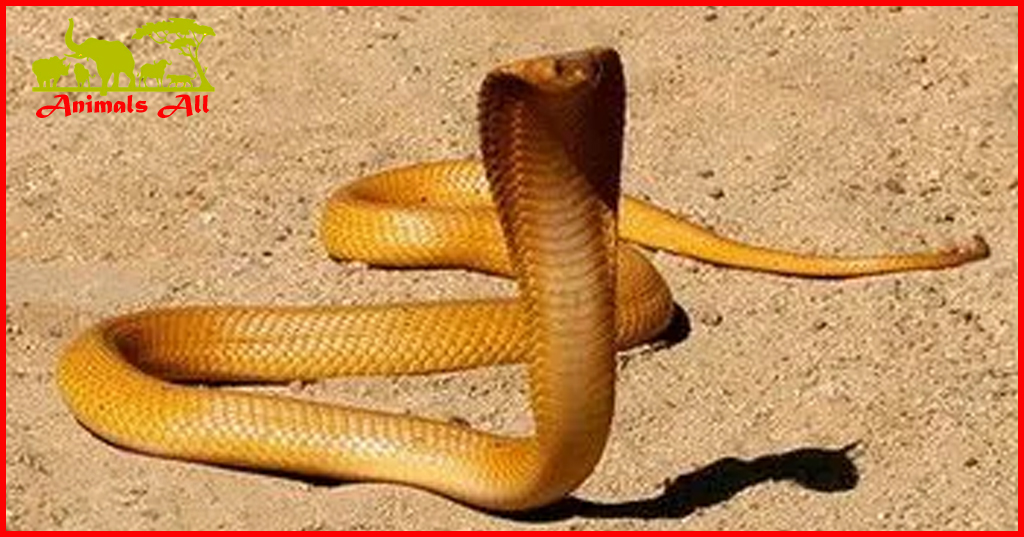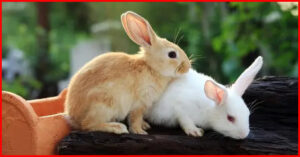
An amazing article about gold cobra
The gold cobra is a reptile of the family Elaphedae in the order Squamata, also known as the Cape cobra.Small in size; with a rounded head and a slightly pointed snout. Body color varies with different geographic populations, including yellow, earthy white, lemon yellow, black, brown, etc.; the tail is usually yellow or white.
The golden cobra is generally only found in some densely populated areas in the southwest of Africa, such as South Africa, Botswana, Namibia and other countries. It lives in dry grasslands and semi-desert areas, and is active mostly during the day and evening. It mainly feeds on small mammals, and also preys on frogs and lizards. In addition, it occasionally sneaks into farmhouses and preys on poultry. It reproduces by laying eggs, and can lay 8 to 20 eggs each time.
The Golden Cobra is as venomous as the dreaded Black Death. In addition, since most people living in southern Africa are farmers, it not only causes great disturbance to people, but also poses a certain threat to livestock.

Morphological characteristics

The total length of the golden cobra is 1.2-1.4 meters. The maximum length is 1.87 meters. The golden cobra is also a venomous snake with a unique color. In addition to its golden color as its name suggests, some subspecies are brown to black, and there are also black spots on the body.
The head is oval and has front groove teeth. The body and tail have black and yellow rings, the black rings are slightly wider than the yellow rings, and the former surrounds the body. The dorsal scales are smooth, with 15 rows in the middle section; the spinal scales are enlarged, and the dorsal ridges are obviously ridged; the tail is blunt at the end. The total length is 1278-1550mm.
Distribution area
The golden cobra is found in southern Africa in South Africa, Namibia, Botswana and Lesotho. It is not uncommon for golden cobras to be found in water, where they immerse themselves while molting, which irritates the snake’s skin.
Habitat
It is found only in southwestern Africa, including densely populated South Africa, and is often found in prime pasture lands. Occasionally found on beaches. It inhabits grasslands, pastures, and cultivated areas, often near streams, rivers, and lakes.
Living habits
The golden cobra is active during the day and evening hours, feeding mainly on small mammals, and also preying on frogs and lizards. In addition, golden cobras occasionally sneak into farmhouses to catch birds. When harassed, golden cobras react quickly, attacking quickly, using their strong venom and repeated attacks to deter their prey.
Reproduction method
The golden cobra lays eggs from November to January, with each egg laying 8 to 20 eggs. The incubation period is 65 to 70 days, and the young snakes are 34 to 40 cm long.
Gold cobra venom
The toxin used by the golden cobra is a neurotoxin , just like other cobras . The toxicity of the golden cobra is one of the most severe in the cobra (naja) family, second only to the Philippine cobra . It mainly attacks the enemy’s respiratory system, and the victim usually dies of breathing difficulties within 2 hours . In the absence of serum, the mortality rate of the golden cobra in the local area can reach 60%. In comparison, the mortality rate of the black mamba is relatively high; however, the golden cobra has a higher attack record than the black mamba, which shows that a high mortality rate does not mean a large number of attack records.

